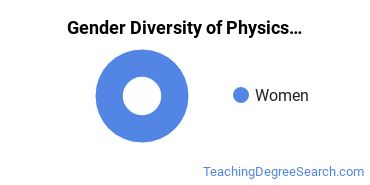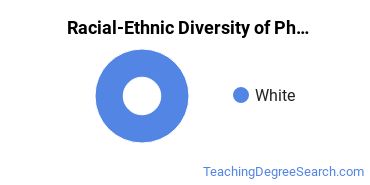Physics Education at University of Louisville
Every physics education school has its own distinct culture and strengths. We've pulled together some statistics and other details to help you see how the physics teacher education program at University of Louisville stacks up to those at other schools.UofL is located in Louisville, Kentucky and approximately 22,211 students attend the school each year.
Want to know more about the career opportunities in this field? Check out the Careers in Physics Education section at the bottom of this page.
UofL Physics Education Degrees Available
- Master’s Degree in Physics Teacher Education
UofL Physics Education Rankings
Physics Teacher Education Student Demographics at UofL
Take a look at the following statistics related to the make-up of the physics teacher education majors at University of Louisville.
UofL Physics Education Master’s Program

The following table and chart show the race/ethnicity for students who recently graduated from University of Louisville with a master's in physics teacher education.

| Race/Ethnicity | Number of Students |
|---|---|
| Asian | 0 |
| Black or African American | 0 |
| Hispanic or Latino | 0 |
| White | 1 |
| International Students | 0 |
| Other Races/Ethnicities | 0 |
Related Majors
- Art Education
- Biology Education
- Chemistry Education
- Physical Education Teaching & Coaching
- Science Education
Careers That Physics Teacher Education Grads May Go Into
A degree in physics teacher education can lead to the following careers. Since job numbers and average salaries can vary by geographic location, we have only included the numbers for KY, the home state for University of Louisville.
| Occupation | Jobs in KY | Average Salary in KY |
|---|---|---|
| High School Teachers | 12,250 | $56,200 |
| Education Professors | 850 | $64,210 |
| Physics Postsecondary Professors | 100 | $78,830 |
References
*The racial-ethnic minorities count is calculated by taking the total number of students and subtracting white students, international students, and students whose race/ethnicity was unknown. This number is then divided by the total number of students at the school to obtain the racial-ethnic minorities percentage.
- College Factual
- National Center for Education Statistics
- O*NET Online
- Image Credit: By Ken Lund under License
More about our data sources and methodologies.
